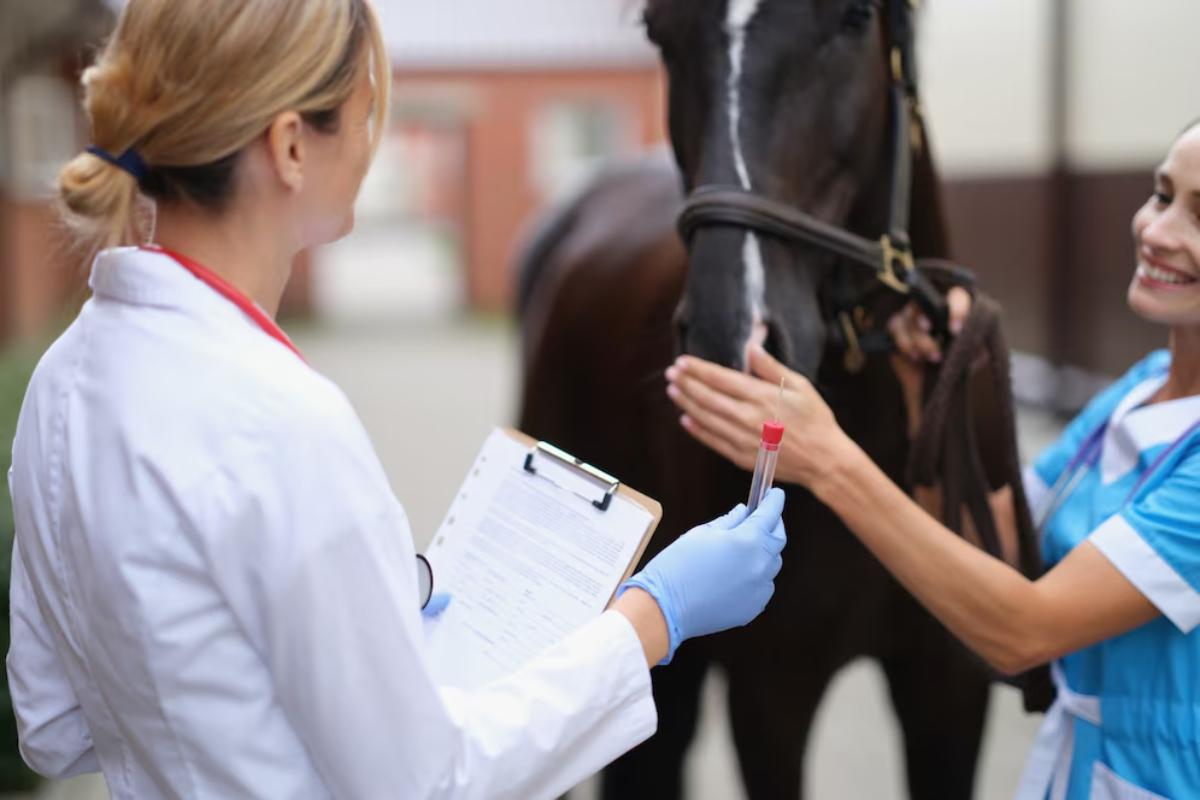
Reading and Understanding Pet Insurance Reviews
Let’s face it — buying pet insurance can feel like wading through a swamp of jargon, fine print, and too-good-to-be-true offers. You want the best for your furry friend, but how do you separate the solid policies from the slippery ones?
That’s where reviews come in. Real people, real pets, and real experiences. Simple, right?
Well… not always.
The truth is, not all reviews are created equal. Some are vague, others are emotionally charged (especially when claims go wrong), and then there are fake reviews, cherry-picked testimonials, and five-star ratings with zero context.
If you’ve ever asked, “Can I actually trust these pet insurance reviews?”, you’re in the right place.
In this guide, we’ll walk you through the art of reading and understanding pet insurance reviews so you can confidently navigate the noise, spot red flags, and find policies that genuinely fit your pet’s needs. Whether you’re looking for transparency, reliability, or just plain peace of mind, this is your go-to pet insurance reviews guide.
Why Pet Insurance Reviews Matter
When you’re deciding on finding good pet insurance, it’s not just about glossy marketing claims or catchy slogans. What really counts is:
- How the company treats its customers
- Whether claims are processed quickly and fairly
- If the policy does what it says on the tin
Reviews offer firsthand insight — the real story behind the brand. They highlight what’s working and what’s not, helping you make an informed, confident choice.
Where to Find Trustworthy Reviews

Before we jump into how to read reviews, let’s quickly explore where to find them.
Trusted Platforms
- Trustpilot – One of the most widely used review sites with verified reviewers. Look for patterns, not just star ratings.
- Feefo – Often used by insurers who send review requests directly to customers post-interaction, reducing fake entries.
- Which? – Independent consumer reviews and comparisons based on thorough testing.
- MoneySavingExpert Forums – A treasure trove of user experiences and recommendations from fellow UK pet owners.
- Reddit (r/AskUK, r/pets) – Raw, unfiltered discussions where users aren’t afraid to be brutally honest.
Pro tip: Avoid relying solely on testimonials featured on the insurer’s own website. These are usually handpicked.
How to Read Pet Insurance Reviews Like a Pro
Now, let’s get into the good stuff — how to actually interpret those reviews.
1. Look Beyond the Star Rating
A 4.5-star rating doesn’t tell the whole story. Five-star reviews could be for signing up (not claiming), and one-star rants might come from misunderstandings.
What to do instead:
- Read the middle-ground reviews (2–4 stars) — they tend to be more balanced.
- Scan for patterns — do people repeatedly praise the same thing (e.g. fast claims)? Or complain about the same issue (e.g. rejected dental cover)?
- Click on “most recent” to see how the company is doing right now—some improve, others decline.
2. Focus on Claim Experiences
Signing up is easy. The real test? Making a claim. That’s where you find out if the policy holds up under pressure.
What to watch for:
- Was the claim approved quickly?
- Did the payout match expectations?
- Were there hidden exclusions or fees?
- Was customer service supportive and responsive?
Real-life example: A reviewer might write, “Filed a claim for my cat’s eye surgery. It was processed within 5 days, and I only paid the £100 excess — no hassle.” That’s golden insight.
3. Dig Into Customer Service Feedback

Even the best policy can be ruined by poor customer service. Pet emergencies are stressful enough — you don’t want to deal with long phone queues or vague answers.
Key indicators:
- Were the representatives empathetic and knowledgeable?
- Was communication clear and prompt?
- Did the company keep customers updated on claims?
If a reviewer mentions being left in the dark for weeks, consider it a red flag.
4. Understand the Reviewer’s Context
A review is only useful if it applies to your situation.
Ask yourself:
- What kind of pet does the reviewer have? A plan that worked for a young indoor cat might not suit your senior Labrador with allergies.
- Where do they live? Vet costs vary across the UK, and so do insurer practices.
- How long have they been a customer? Reviews from long-time users often carry more weight.
Don’t assume someone else’s bad experience will happen to you, but do look for trends.
5. Identify Common Red Flags
When it comes to reading pet insurance ratings, some warning signs are universal.
Beware if you spot:
- Multiple complaints about unexpected exclusions
- Repeated issues with delayed or denied claims
- Lack of communication during stressful claims
- Sharp premium hikes after the first year
- Policies are being cancelled after claims
If it keeps coming up, it’s not a one-off — it’s a pattern.
6. Validate Claims with Official Responses
Some review platforms (like Trustpilot) allow companies to respond. These replies can be very telling.
Look for:
- Tone: Defensive and dismissive, or helpful and apologetic?
- Clarity: Do they explain the issue or dodge it?
- Consistency: Are they offering the same solutions to multiple people?
A respectful, solution-focused response speaks volumes about company culture.
Key Review Categories to Consider
To help you skim smarter, focus on these aspects when analysing pet insurance reviews:
a) Ease of Signing Up
- Is the process straightforward?
- Were the documents clear and easy to understand?
b) Value for Money
- Are premiums reasonable for what’s covered?
- Do prices jump drastically after renewal?
c) Transparency
- Do customers feel misled about what’s covered?
- Were exclusions explained upfront?
d) Claims Experience
- Speed of approval
- Ease of submission
- Fairness of payout
e) Long-Term Customer Loyalty
- How do returning customers feel after 2–5 years?
- Do long-term users feel rewarded or penalised?
Real Pet Owner Story: Amy and Rex
Amy, a dog mum from Brighton, shared her experience with a popular insurer on a review site:
“Rex tore his cruciate ligament, and I honestly thought I’d have to take out a loan. Thankfully, our insurance paid £2,600 out of a £3,000 bill. I had to cover the £100 excess and 10% co-pay because he’s over 8, but the process was smooth. It took one form and two emails.”
That single review tells us:
- Claims are paid fairly
- The insurer communicates well
- Co-payments apply for older dogs
- It’s a good option for major surgery cover
Reviews like this are priceless for real decision-making.
Common Review Myths — Busted
“All negative reviews mean the insurer is bad.”
Not always. People are more likely to leave reviews when they’re angry. One or two negative experiences don’t define the whole company.
“All five-star reviews are fake.”
This is also false. Many happy customers don’t bother reviewing, but when they do, they’re often enthusiastic. Balance is key.
“If the premium is low and the reviews are good, it’s a no-brainer.”
Not so fast. Make sure the reviews address claims, not just the sign-up process. Low premiums often come with limited cover or higher excesses.
Final Thoughts: Read Between the Reviews

Finding and reading pet insurance reviews isn’t about obsessing over every star rating — it’s about digging deeper to understand what matters most to you and your pet.
Let’s recap:
- Trust patterns, not extremes
- Contextualise reviews based on pet type and location
- Prioritise claim experiences and customer service feedback
- Use reputable platforms with verified customer voices
- Watch for red flags, but give credit to long-term customer praise, too
In the end, reviews are a powerful tool — but they’re just one part of finding good pet insurance. Combine what you read with policy comparisons, fine-print reading, and conversations with your vet to make the most informed choice.


